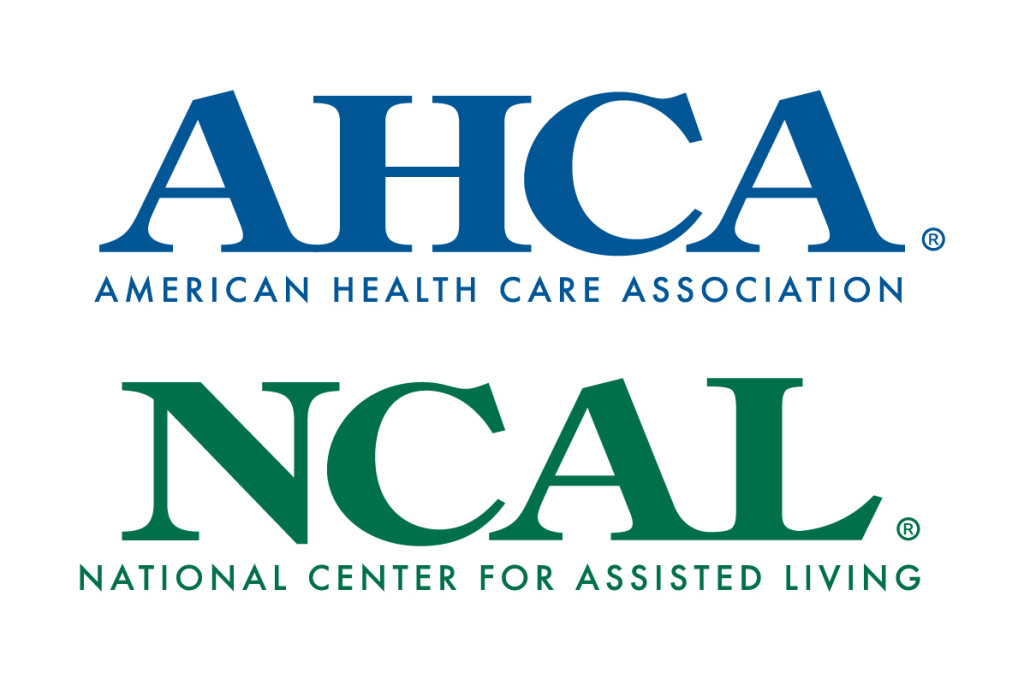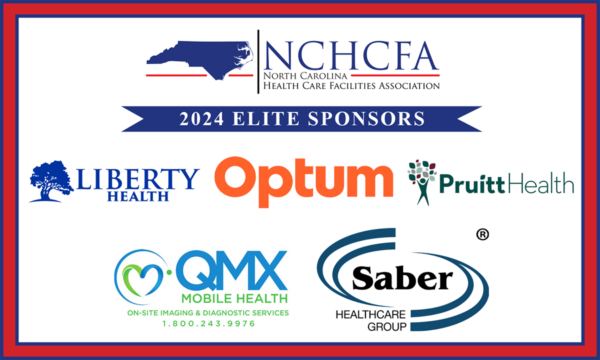Survey Tips for F689 and Past Noncompliance

AHCA/NCAL’s Quality and Regulatory Department is offering a bi-weekly blog series with important survey tips. Through these blog series, we will share important tips based on the latest trends in surveys throughout the nation. The posts will also include general survey preparation and survey management tips to implement in your facility. If there’s a specific topic that would be helpful to address, please email regulatory@ahca.org.
Year after year, F689 (Free of Accident Hazards/Supervision/Devices) continues to be one of the top cited F-tags and frequently cited at a Jeopardy-level scope and severity. In 2024, there has already been almost 400 F689 citations nationally. The graph below displays the number of national citations for F689.

AHCA/NCAL has developed a list of the components of the regulatory requirement for reporting violations and tips on how to ensure compliance based on a review of the common reasons facilities received citations for F689 (Supervision/Hazards/Accidents).
Tips to avoid accidents and keep residents safe
- Develop a culture of safety and commitment to implementing systems that address resident risk and environmental hazards.
- Ensure you have a process in place to communicate any interventions specific to residents. For example, ensure frontline staff are aware of interventions established for fall prevention so each established intervention is followed.
- If an elopement risk assessment shows a resident is at risk for wandering, there should be interventions established to ensure the resident is always appropriately supervised.
- Check wander guard bracelets and door-mounted devices frequently (daily) to ensure the bracelet is in place and working properly, and all exit doors are locking properly.
- Audit all residents who require any devices attached to their bed for mobility purposes to ensure the least restrictive method is used, and the resident is not restrained by the device.
- Complete walking rounds to check for environmental hazards throughout the facility. This responsibility can be shared amongst management staff to ensure multiple individuals are checking for hazards inside and outside the facility.
- Develop facility policies and procedures for allowing residents to sit outside of the facility. These procedures should include supervision by staff, sunscreen application, and protective eyewear/hats, as appropriate.
- Complete competency assessments routinely on mechanical lift transfers.
- Educate, and re-educate facility staff on how to access the residents’ individual care plans. Ensure staff are aware that they must check the care plans daily, at the beginning of each shift, to ensure all new/updated interventions are followed.
- Complete a post fall evaluation, as soon as possible after a fall. Develop/update interventions, as appropriate to prevent future falls.
Tips to achieve Past Noncompliance if an adverse event occurs
The first step is to ensure the resident is safe and has been assessed as appropriate by nursing staff. Once the resident has been assessed and is in a safe position, providers are encouraged to follow these steps:
- When an adverse event occurs, including an elopement, pull together all appropriate staff to have an Ad Hoc Quality Assurance (QA) meeting.
- At this meeting, discuss what occurred, what you believe to be the root cause (may be an initial conclusion until you can complete a thorough investigation).
- Make sure all staff sign in at the meeting.
- Start a folder or binder for all documentation to support what you have completed.
- Complete any reports to the SSA, as appropriate.
- Begin to fill in your internal Plan of Correction.
- Do an initial audit- for elopement, this will normally be a count of all residents in the building to ensure everyone is present in the facility.
- Establish what the ongoing monitor will be, based on the Root Cause Analysis (RCA).
- Identify who will complete the ongoing monitor.
- Complete staff training with all appropriate staff and contract staff.
- Update any care plans, as appropriate, and ensure interventions are appropriate and communicated to all staff.
- Review interventions routinely to ensure they are still appropriate.
- Maintain your folder or binder in a safe place so it is accessible when surveyors enter the facility.
For more tips on preventing accidents, keeping your residents safe, and achieving past noncompliance, review this webinar on ahcancaled. Additional information is available regarding e-cigarettes in nursing homes and Elopement specific training. Please send any questions to regulatory@ahca.org.
Source: AHCA/NCAL
![North Carolina Health Care Facilites Association [logo]](https://www.nchcfa.org/wp-content/themes/nchcfa/images/logo.png)

